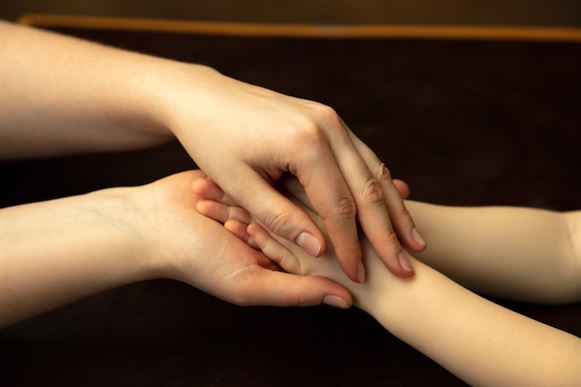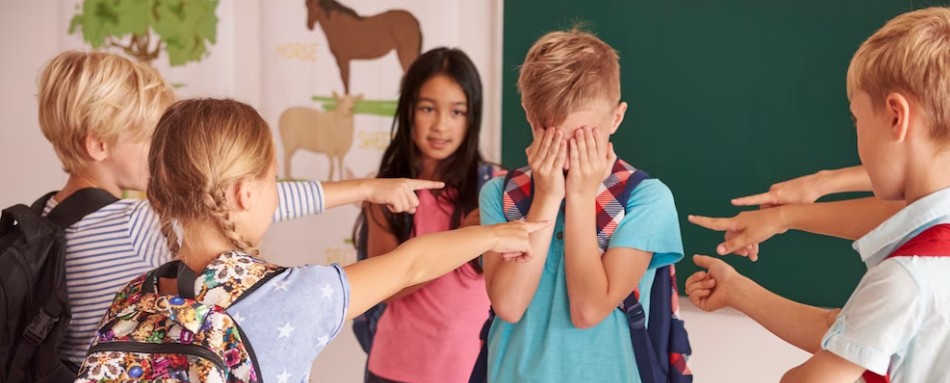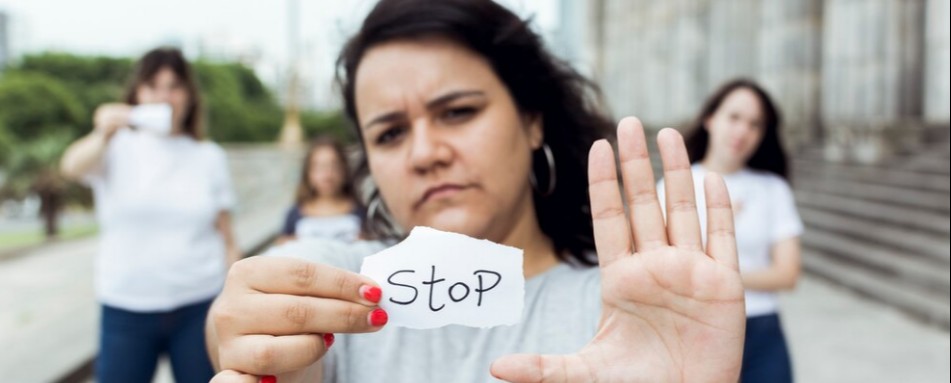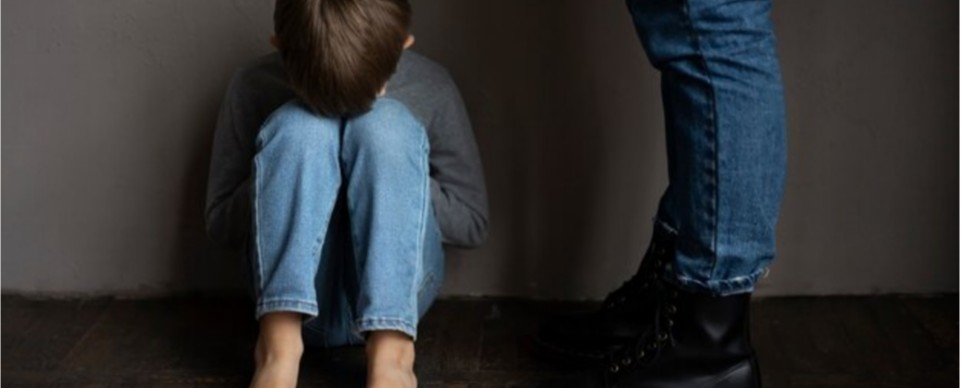
A Therapist Guide to Protect Your Children From Bullying

Bullying is a pervasive issue that affects individuals of all ages, but its impact on mental health, especially in school settings, is profound. This blog explores different types of bullying in school and strategies to deal with bullying.
What is bullying?
Bullying is repeated and intentional aggressive behavior directed toward someone to cause physical or emotional harm, distress, or discomfort. It can take various forms, such as verbal abuse, physical assault, social exclusion, spreading rumors, or online harassment.
Bullying often involves an imbalance of power, with the perpetrator having more influence or control over the victim. The effects of bullying can be serious, leading to psychological, emotional, and sometimes even physical consequences for the victim.
Different types of bullying in school
Physical Bullying
Physical bullying involves using physical force to harm or intimidate the victim. This can include hitting, kicking, punching, pushing, or any other form of physical aggression.
Examples: Tripping someone in the hallway, stealing a student's lunch money, or physically assaulting someone on school grounds.
Verbal Bullying
Verbal bullying involves using words to hurt or belittle someone. It can take the form of name-calling, insults, teasing, spreading rumors, or making offensive comments.
Examples: Mocking a student's appearance, making fun of their academic abilities, or spreading false rumors about them.
Social Bullying (Relational Bullying)
Social bullying, also known as relational bullying, involves manipulating relationships or social status to harm someone emotionally. This can include spreading rumors, excluding individuals from social groups, or damaging friendships.
Examples: Spreading gossip about a student's personal life, purposefully excluding someone from a group activity, or encouraging others to isolate a particular student.
Cyberbullying
Cyberbullying occurs through digital channels, such as social media, gaming sites, texting, or online platforms. It involves using technology to harass, threaten, or demean others, often anonymously.
Examples: Sending hurtful messages or threats via text or social media, sharing embarrassing photos or videos without consent, or creating fake profiles to impersonate and harm someone.
Sexual Bullying
Sexual bullying involves unwelcome sexual comments, advances, or harassment. It can take various forms, including inappropriate jokes, comments, or unwanted physical contact.
Examples: Making sexually explicit comments about a student's appearance, spreading rumors about someone's sexual behavior, or inappropriately touching another student without consent.
Racial and Cultural Bullying
Racial and cultural bullying targets individuals based on their race, ethnicity, religion, or cultural background. It includes racial slurs, discriminatory jokes, or exclusion based on these factors.
Examples: Using racial slurs against a student, mocking their cultural traditions, or excluding them from activities because of their ethnicity.
Psychological or Emotional Bullying
Psychological or emotional bullying involves causing emotional distress without physical contact. This can include threats, manipulation, intimidation, or deliberate humiliation.
Examples: Threatening to harm someone, coercing them into doing something against their will, or continuously belittling and humiliating them.
How to deal with bullying?
It's essential to recognize and address these different types of bullying in school to create a safe and inclusive school environment. Schools should have anti-bullying policies in place and educate students about the consequences of different types of bullying in school, as well as provide support for both victims and bullies to change their behavior.
Dealing with bullying can be challenging, but there are strategies you can use to address and cope with the situation. Whether you're a victim or a concerned parent or friend, here are some tips to deal with different types of bullying in school:
How to deal with bullying as a student
Stay Calm and Confident
Try to remain composed when facing different types of bullying in school. Confidence can deter further aggression.
Assertively Respond
Politely but firmly assert your boundaries and tell the bully to stop. Avoid aggression or getting emotional.
Stay Safe
Prioritize your safety when dealing with bullying in school.If physical harm is involved, seek help immediately.
Document Incidents
Keep a record of different types of bullying in school incidents, including dates, times, locations, and descriptions of what happened. This can be valuable if you need to report it.
Seek Support
Talk to a trusted adult, such as a parent, teacher, counselor, or school administrator, about bullying in school. Don't hesitate to share your feelings and experiences.
Build a Support Network
Connect with friends who can provide emotional support and accompany you in difficult situations.
Self-Care
Practice self-care to manage stress and anxiety caused by different types of bullying in school. Engage in activities you enjoy and that boost your self-esteem.
How to deal with bullying for parents and friends
Listen Actively
If someone confides in you about being bullied with different types of bullying in school, listen attentively without judgment. Offer empathy and support.
Report Bullying
Encourage the victim to report bullying in school to school authorities, and consider reporting it yourself if you witness it.
Connect with the School
Establish open lines of communication with teachers, counselors, and school administrators to address the issue of bullying in school collectively.
Teach Resilience
Help the victim develop resilience by teaching coping strategies, problem-solving skills, and self-confidence in the face of bullying in school.
Promote Inclusivity
Encourage a culture of inclusivity and kindness among peers and within the community to combatdifferent types of bullying in school.
How to deal with bullying for schools and teachers
Implement Anti-Bullying Policies
Develop and enforce clear anti-bullying policies that include reporting procedures and consequences for bullying in school.
Educate Students
Provide bullying awareness and prevention programs that educate students about the effects ofdifferent types of bullying in school and how to intervene.
Train Staff
Train teachers and staff to recognize and address different types of bullying in school effectively.
Support Victims and Bullies
Offer counseling and support services for both victims and bullies to address their emotional needs
Involve Parents
Engage parents in anti-bullying efforts through workshops and information sharing.
Bullying takes a significant toll on the mental health of victims. By fostering a culture of empathy and providing support, we can reduce the mental health impact of bullying and create safer environments for everyone. Remember that addressing different types of bullying in school is a collaborative effort involving the victim, parents, friends, school staff, and the wider community. Together, we can create environments where bullying is not tolerated, and everyone feels safe and respected. Together, we can combat different types of bullying in school and promote positive mental health in schools and beyond.
If you are facing bullying and need professional support talk to our therapist today. Click here to book a session
Articles
Build your awareness and get inspired with our researched articles on how you can strengthen your well-being
Popular Topics
An OTP has been sent to the email address
provided.
Please check your Inbox and Spam folders.

What Would You Like to Speak with a Specialist About?
Mental Fitness Journey starts Now!
Chearful Connects you with Top-tier Qualified Wellness specialists for the Price of a cup of Coffee!

Next Steps
- A Client Team member will reach out to you to schedule a session with the most suitable specialist.
- You will receive an email with a 10% Discount Code* for your 1st session.
- We invite you to Explore the Platform & Sign Up today! *Upto a maximum of $10 discount on a session purchased



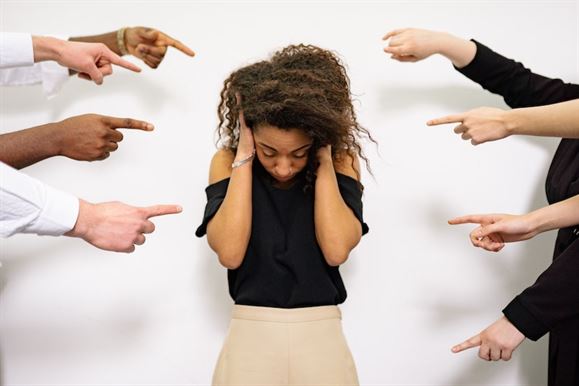
 2350 Read
2350 Read



